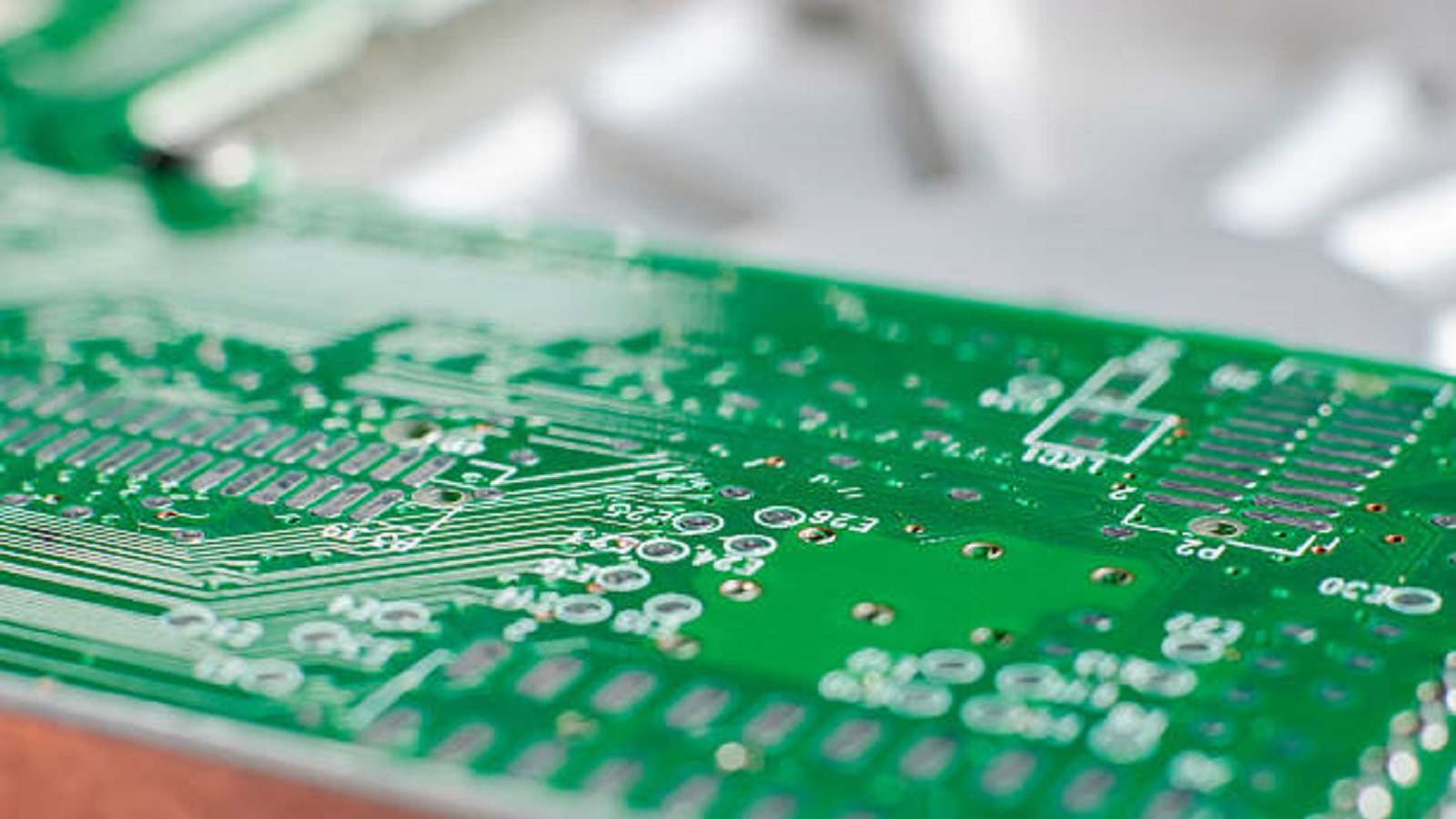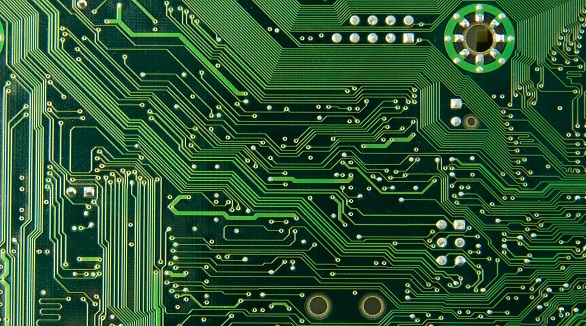PCB Epoxy
Epoxy resins are vital for PCB protection, offering durability, insulation, and resistance against environmental stresses like temperature, moisture, and impacts.
Epoxy has an indispensable role in the production and protection of printed circuit boards. Epoxy resins are not only indispensible but also highly important in the realm of manufacturing and protection of Printed Circuit Boards because of their strength in solving a number of environmental, mechanical, and operational problems. These thermoset polymers boast excellent mechanical strength, resistance to temperature, and electrical insulation properties. Different applications of applying epoxy for safeguarding and enhancing Printed Circuit Boards are discussed in this paper with the view of describing its features of protection, types, areas of application, and methods of application.
Understanding Environmental Stresses on PCBs
PCBs are subjected to various kinds of environmental stresses that can seriously degrade their performance and reliability. These include:
Temperature Cycling: Extreme temperature variations cause thermal expansion and contraction that can result in component failures.
Vibration and Impact: Mechanical stresses due to vibrations or impacts weaken joints and may cause damage to sensitive components.
Moisture and Contaminants: Exposure to moisture, dust, and chemicals may corrode the material of the PCB, deteriorate the performance, and lead to failures.
Each one of these stresses has its major potential damage mode, including joint cracks, delamination, and broken leads, emphasizing again the importance of effective PCB protection.

Types of Epoxy for PCB Applications
To provide particular protection in the manufacturing process of printed circuit boards, a number of epoxy formulations were developed. Among them are the following:
Polyurethane Epoxy
The toughness and flexibility of this epoxy have an absorbing impact that is resistant to abrasion.
Silicone Epoxy
Boasts of high resistive qualities to very high temperatures and high humidity:
Acrylic Epoxy
Offers optical clarity and rapid cure at room temperature for better inspection and aesthetics.
UV-Curing Epoxy
Offers rapid curing and precision under UV light for efficient application selectively.
Solvent-Based Epoxy
Thin uniform coatings which enhance the aesthetic and protective qualities of PCBs.
Applications of Epoxy in PCB Protection
Epoxy resins have a number of key uses in the protection and performance of PCBs:
Moisture Barrier: Conformal coating with epoxy is done to create a barrier against moisture, reducing the possibility of electrochemical migration and short circuits.
Thermal Management: Thermally conductive epoxy compounds act as an interface and help dissipate the generated heat from high-powered components efficiently.
Dust and Chemical Resistance: Epoxy coatings prevent ingression of contaminants, thereby sustaining the functionality in an industrial environment.
Component Securing: Epoxy adhesives improve the mechanical stability of PCB components, reducing failure due to vibrating and mechanical shocks.
PCB Repair: These are the repair epoxies used in the rehabilitation of damaged PCBs to restore the traces and defects back to functionality.
Epoxy Application Methods for Optimal PCB Protection
Selection of the appropriate application method of epoxy will form the basis necessary for quality protection of the PCBs:
Spray Coating: Provides for rapid application on PCBs with consistency and uniformity, yet is effective in large volume batches rather than in more select areas.
Brush Application: Offers precision application on specific, targeted areas; extremely effective when trying to make repairs or heightening very focused areas; however, it is not quite that efficient for high-volume production.
Precise Dispensing: Used to apply epoxy to exact positions on critical areas like thermal pads for ensuring controlled thickness of the coating and specifically directed protection.
Dipping: Allows for uniform coating of complex geometrical shapes on a PCB and provides a high degree of encapsulation and protection.
Injection: It is used in the process of localized repairs. The areas seeking attention in a PCB are attempted to be restored immediately using this technique.

Epoxy resins can be very effective in the protection of PCBs against a wide range of environmental and mechanical stresses. Epoxies have been found to provide strong protection against extreme temperatures, physical shocks, moisture, and even chemicals. The use of epoxies in surface finish for PCBs, for example, has facilitated PCB reliability and durability within a broad series of applications. This ensures a strategic selection that will make much improvement to PCB performance and remain one of the most important elements in continuous development in electronic design and manufacturing. With each advancement in epoxy technology, there's little doubt that new solutions will be provided for emerging challenges while continuing to play an important role in PCB protection.
Hot Tags:
Contact us

If you can't find what you're looking for, please contact us.
Article

Green PCBs reduce visual fatigue, enhance error detection, and are cost-effective due to military influence and industry standards. However, other colors like red, blue, black, and white are also available for specific needs.

Flex PCBs fit into devices, saving space, while Rigid-Flex PCBs combine flexible and rigid parts, ideal for varied applications. PCBX offers custom designs, rapid prototyping, and high-quality manufacturing.

Aluminum PCBs are widely used electronic boards with comparatively better heat dissipation properties. The aluminum core cools down the components of the product, thereby improving its performance. These are eco-friendly, light, and strong PCBs and hence appropriate to be used in audio equipment, power supplies, and lighting products such as LED lighting.
